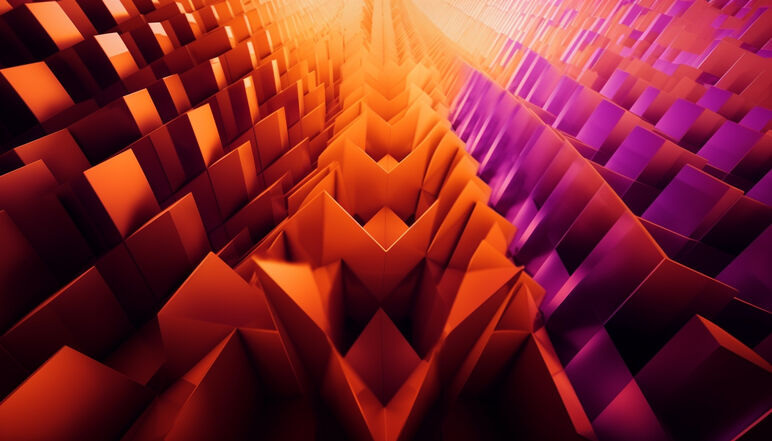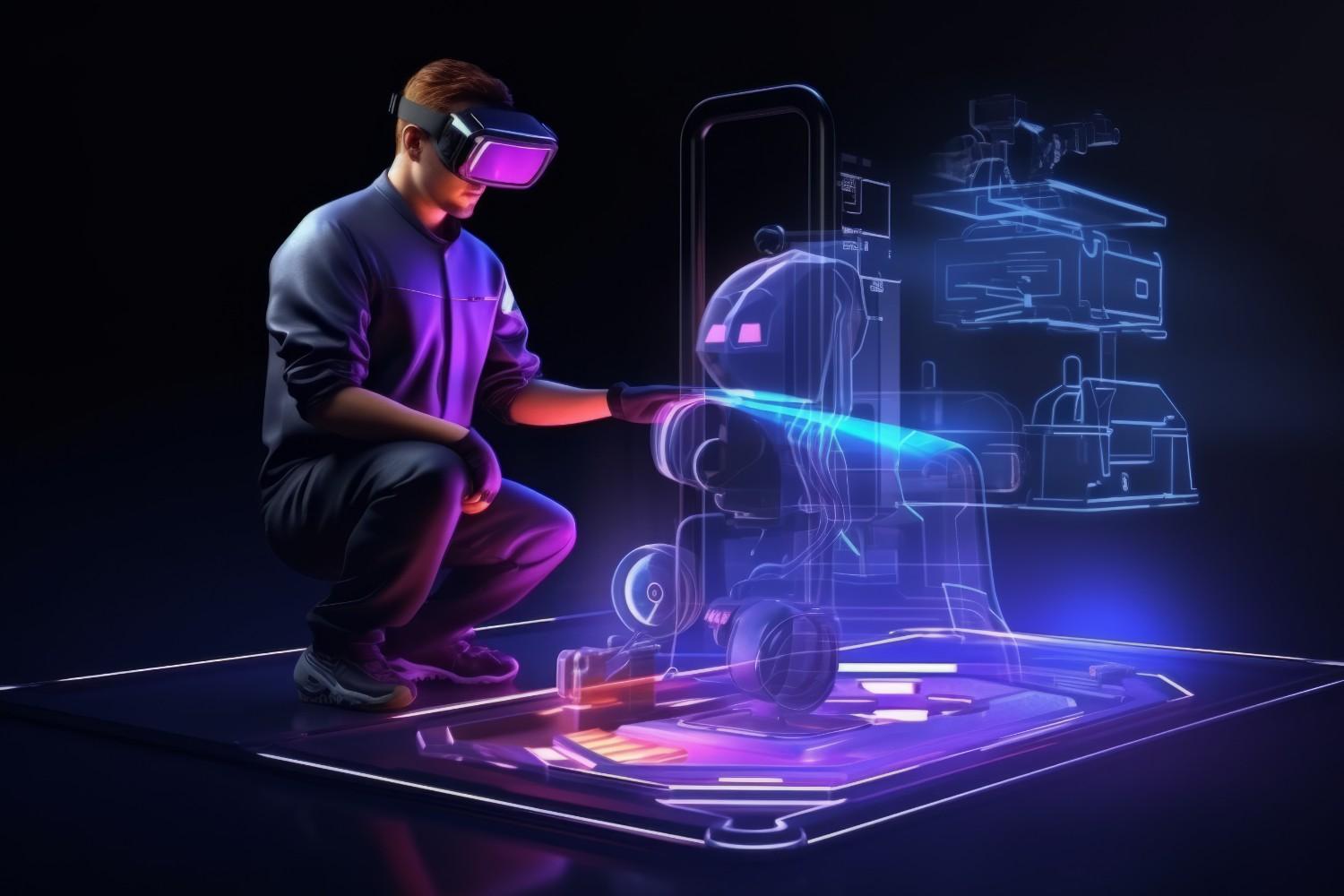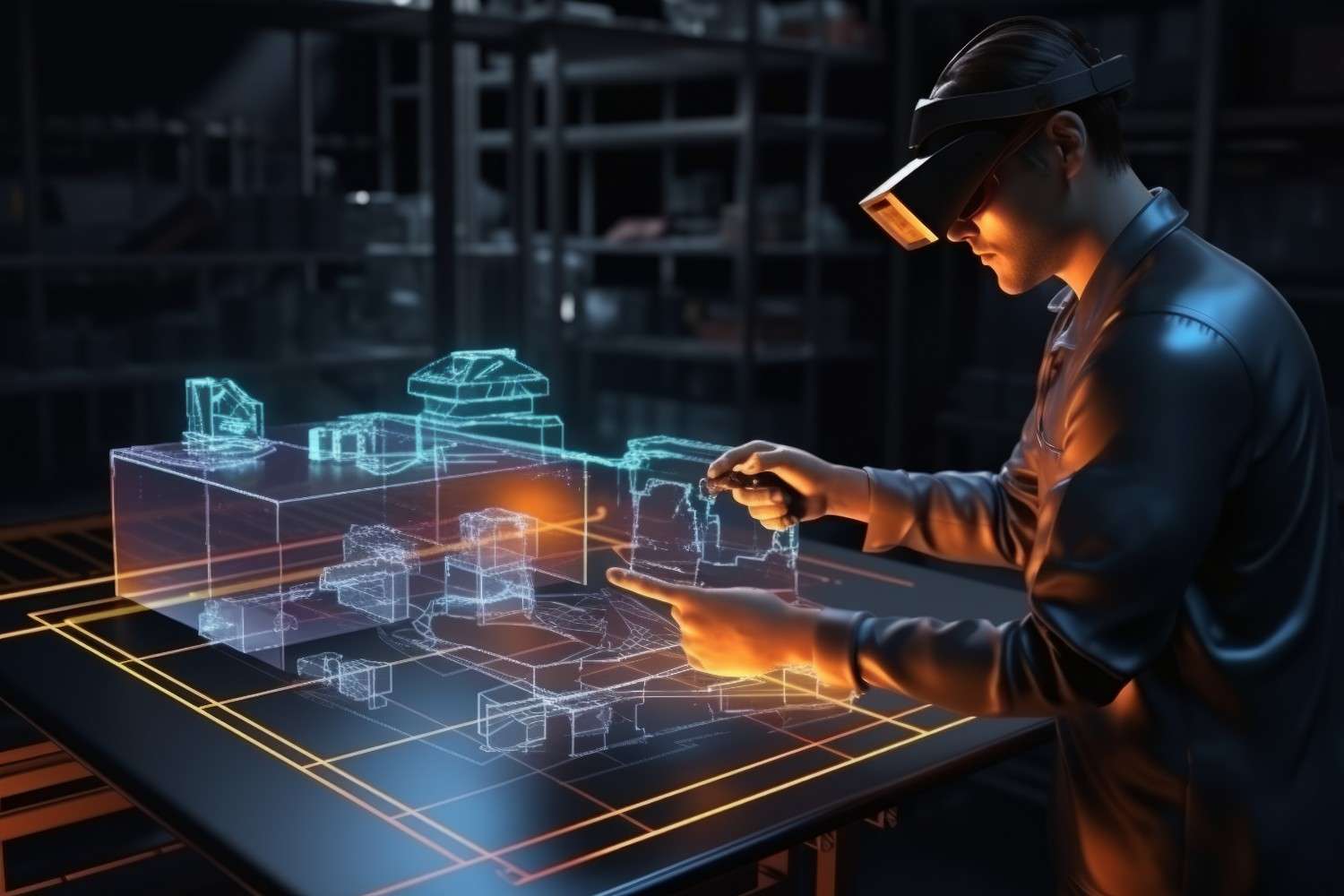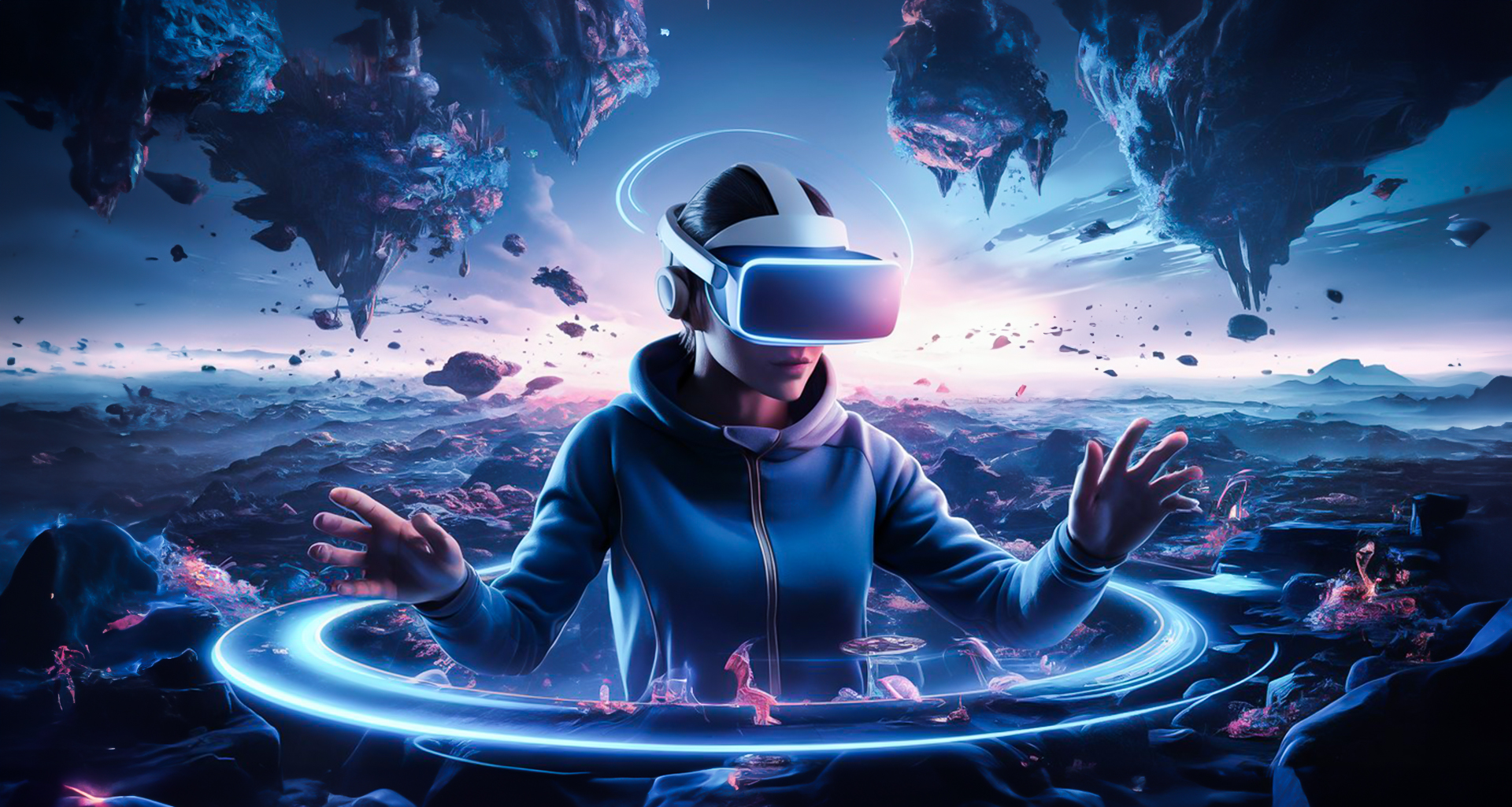The industry of 3d modeling and design is experiencing a fundamental shift driven by Artificial Intelligence (AI) and Generative Design. For businesses relying on specialized digital assets—from high-fidelity 3D Rendering to performance-optimized Augmented Reality – Virtual Reality (AR/VR) content—the traditional workflow of manual modeling is rapidly being replaced by an augmented, accelerated, and intelligent process.
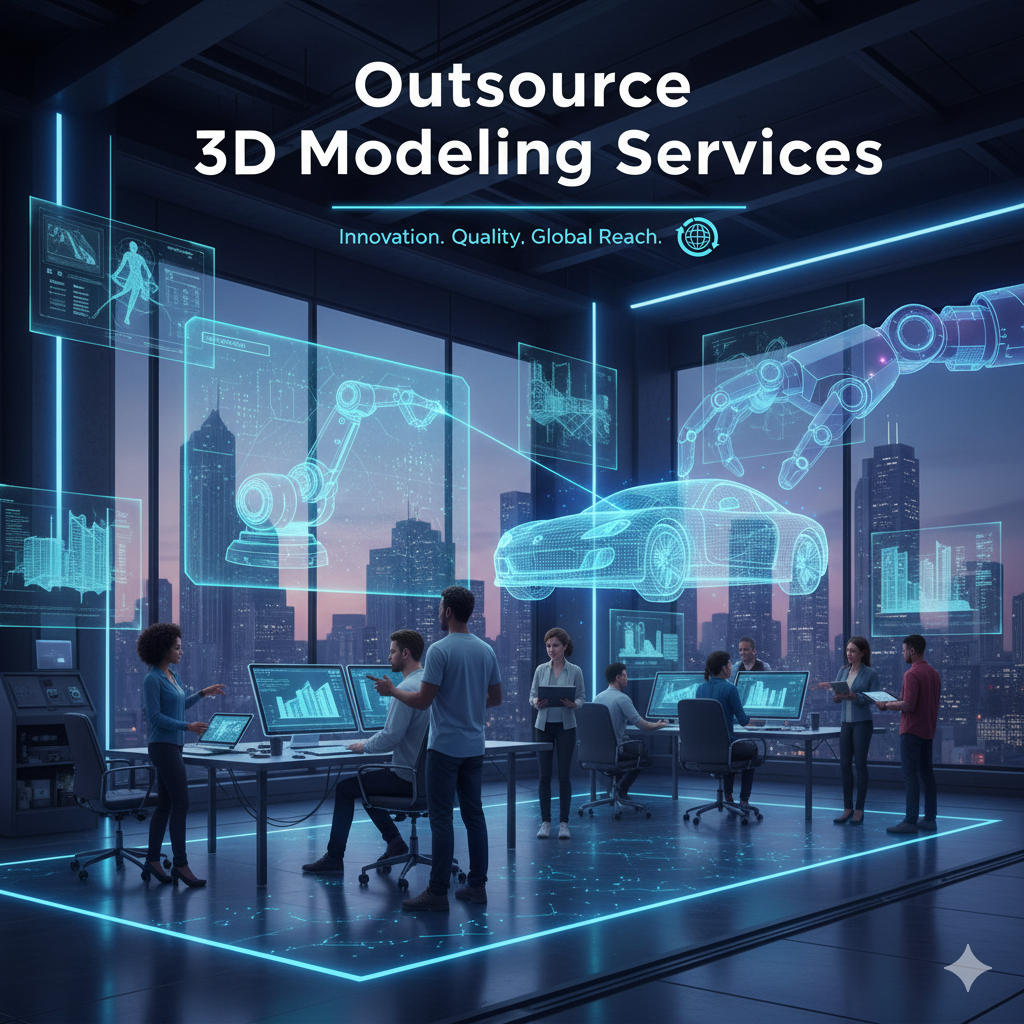
This shift is profoundly transforming Outsource 3D Modeling services. External partners are no longer just repositories of human talent; they are becoming specialized hubs for AI integration, leveraging computational power to manage scale, complexity, and iteration speed that was previously unimaginable.
For firms offering Outsource 3D Modeling services, this transformation is not a threat but a massive opportunity. It’s an evolution from being mere executors of a client’s design to becoming strategic, AI-enhanced design partners who can deliver superior quality, unprecedented speed, and innovative solutions that were previously impossible.
This guide explores the essential ways AI and Generative Design are reshaping the future of outsourced 3D Architecture, 3D Product Design, and Outsource 3D Furniture Modeling—making high-volume, highly complex digital asset creation faster, cheaper, and more geometrically optimized than ever before.
I. Automation of the Manual Bottlenecks
The most immediate impact of AI on 3D Modeling and Design is the intelligent automation of tedious, time-consuming, and repetitive tasks. This frees up human artists to focus their skills on creative refinement and complex problem-solving.
1. Hyper-Speed 2D-to-3D Conversion 🚀
Converting legacy 2D blueprints, hand sketches, or even simple product photographs into a production-ready 3D model is a common and costly task.
- AI-Driven Feature Recognition: AI algorithms can now ‘read’ and interpret 2D inputs, automatically recognizing geometric features, dimensions, and spatial relationships.
- Impact on Outsourcing: This technology allows Outsource 3D Modeling services to drastically reduce the project timeline for initial model creation. What once took a human modeler hours to block out now takes minutes for the AI to draft a functional base mesh, allowing human artists to move immediately to detailing and refinement.
2. Intelligent Texturing and Material Generation
Applying realistic textures and materials (Texturing) is crucial for high-fidelity 3D Rendering and immersive experiences.
- PBR Workflow Automation: AI tools use text prompts or reference images to instantly generate high-quality Physically Based Rendering (PBR) textures (Albedo, Roughness, Normal maps, etc.).
- Brand Consistency: For mass production tasks, such as digitizing a 3D Furniture Modeling catalog, AI ensures Texturing consistency across hundreds of variations, guaranteeing every virtual leather sofa or wooden table adheres to exact brand material standards, saving countless hours of manual adjustment.
3. AI-Powered Mesh Optimization (AR/VR Readiness)
Creating high-performance Augmented Reality – Virtual Reality Models requires aggressive optimization (low-poly modeling) and clean retopology—rebuilding a dense mesh into a clean, animatable surface.
- Automated Retopology: AI-powered tools can perform complex retopology faster and cleaner than a human, generating production-ready, quad-based meshes with correct edge flow, perfect for animation and real-time engines like Unity and Unreal.
- Instant LOD Generation: AI can automatically create multiple Levels of Detail (LODs) for every asset, ensuring the model performs smoothly across various devices, which is critical for scalable AR deployments.
II. The Power of Generative Design

Generative Design, a sub-field of AI, flips the traditional design process. Instead of the designer creating a solution and validating it, the designer sets the parameters and constraints (goals, materials, cost, weight), and the AI algorithms generate thousands of optimized, viable design solutions.
4. *Unlocking Performance-Driven 3D Product Design 💡
In manufacturing and product development, Generative Design leads to unprecedented optimization.
- Topology Optimization: The AI, focused on a constraint like weight reduction or structural integrity, creates intricate, often organic-looking forms that use the absolute minimum amount of material while maximizing strength. This is revolutionary for components intended for 3D printing.
- Outsourcing Innovation: Outsource 3D Modeling services firms specializing in Generative Design can offer clients not just a model, but a set of optimized design options that the client’s internal team may have never considered, transforming the partnership into a true innovation engine.
5. Hyper-Efficient 3D Architecture & Spatial Planning 🏢
Generative Design is having a massive impact on the built environment by optimizing complex, multi-variable design problems.
- Massing and Layout: Architects can input requirements like maximum daylight exposure, mandatory fire egress pathways, energy consumption limits, and optimal tenant flow. The AI generates hundreds of valid 3D Architecture layouts, allowing the architect to select the best performance-driven solution.
- Sustainable Design: Outsourcing partners use Generative Design to optimize building geometry for sustainability, reducing material waste and improving energy efficiency from the earliest conceptual stages.
III. Strategic Advantages for Clients and Outsourcers

The integration of AI transforms the business model of Outsource 3D Modeling services, delivering superior quality and client value.
6. Accelerated 3D Rendering and Visualization
The process of creating final photorealistic images from 3D models has historically been computationally expensive and slow.
- AI-Powered Denoising: AI-driven rendering techniques drastically reduce the noise in images generated with fewer light passes. This means final, high-quality 3D Rendering that once took hours to compute now takes minutes, accelerating client review cycles.
- Intelligent Composition: AI can analyze a scene and suggest optimal lighting, camera angles, and composition to maximize visual impact, especially useful for e-commerce product shots or architectural walkthroughs.
7. Mass Customization and Scalability at Low Cost 🛍️
For industries requiring vast libraries of unique, customized assets (e.g., gaming, virtual fashion, or large 3D Furniture Modeling catalogs), AI is the only way to achieve scale.
- Variant Generation: Given a base model, AI can instantly generate hundreds of color, material, or dimensional variations via text prompts. This enables Outsource 3D Modeling services to offer mass customization for clients without linear cost increases.
- Democratization: The speed of AI generation makes it possible for smaller firms and non-3D experts to commission complex 3D Modeling and Design projects, broadening the market for outsourcing partners.
8. Elevated Quality Assurance (QA) ✔️
The traditional QA process for 3D models relies on manual checks for mesh errors, scaling, and material assignment. AI introduces a new layer of automated, precise quality control.
- Automated Error Detection: AI algorithms can scan a model for geometric flaws, non-manifold edges, or scaling inconsistencies, ensuring a cleaner, more reliable final deliverable.
- Compliance Check: For industries with strict technical standards (like aviation or medical devices), AI can verify that the generated 3D Product Design model adheres to all specified engineering and regulatory constraints before it is handed over to the client.
9. The Evolving Role of the Human Modeler 🎨
AI is not replacing the human modeler; it is elevating their role from that of a technician/operator to a creative director and AI conductor.
- Creative Focus: Outsourced artists spend less time clicking repetitive buttons and more time applying their highest-level creative skills: setting intelligent design parameters, refining AI outputs, applying subtle artistic touches, and ensuring the final result aligns perfectly with the client’s vision and brand aesthetics. The future of Outsource 3D Modeling services is human-AI co-creation.
10. Intelligent Project Management and Matching
AI is even streamlining the administration of the outsourcing process itself.
- Smart Matching: AI algorithms can analyze a client’s project description and technical requirements (e.g., “Need low-poly Augmented Reality – Virtual Reality Model, PBR Texturing, GLB format”) and instantly match it to the most suitably skilled and available internal artist or team, optimizing resource allocation and project predictability.
Conclusion: Outsourcing the Future of Design
The integration of AI and Generative Design marks the most profound shift in 3D Modeling and Design since the introduction of CAD itself. For businesses seeking a competitive edge in the Metaverse and AR/VR space, partnering with Outsource 3D Modeling services that aggressively adopt these technologies is no longer optional—it is essential.
These AI-enhanced partners deliver not just 3D files, but optimized, performance-validated, and creatively explored solutions at a fraction of the time and cost of traditional methods. By embracing this powerful co-creative synergy between human expertise and machine intelligence, companies can rapidly scale their 3D Product Design, digitize their 3D Furniture Modeling catalogs, and confidently build the innovative 3D Architecture of the digital future.
❓ FAQs
1. How does AI specifically speed up Outsource 3D Modeling services?
AI speeds up the process by automating repetitive and time-consuming tasks such as converting 2D images to initial 3D meshes, applying PBR Texturing, and automatically generating optimized meshes and Levels of Detail (LODs) for AR/VR use.
2. What is Generative Design, and how is it used in 3D Product Design?
Generative Design is an AI process where the designer sets performance goals (e.g., reduce weight by 40%, maximize strength), and the AI algorithms generate thousands of optimized design solutions. It’s used to create innovative, material-efficient structures often utilized for 3D Product Design and 3D printing.
3. How does AI help create better Augmented Reality – Virtual Reality Models?
AI is crucial for making AR/VR models performant. It automates retopology (creating clean, low-polygon meshes) and optimization, ensuring that the Augmented Reality – Virtual Reality Model loads quickly and runs smoothly on mobile devices and headsets without crashing.
4. Is the human 3D Modeling and Design artist being replaced by AI?
No. The role is evolving. AI handles the highly technical and repetitive production work, allowing the human artist to become the creative director, focusing their time on setting smart design parameters, artistic refinement, and strategic problem-solving.
5. How is AI applied to 3D Rendering and visualization?
AI-powered tools significantly accelerate the 3D Rendering process by using denoising algorithms to produce high-quality, photorealistic images much faster than traditional methods, speeding up client review and final delivery.
6. What is the benefit of AI for 3D Furniture Modeling catalog creation?
AI allows for mass customization and consistency. It can instantly generate hundreds of model variations (different fabrics, colors, configurations) from a single base model, ensuring consistent Texturing and reducing the cost and time of manually digitizing large product catalogs.
